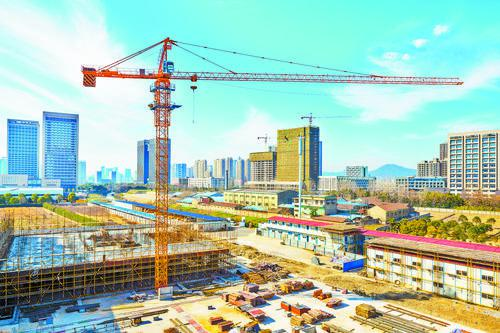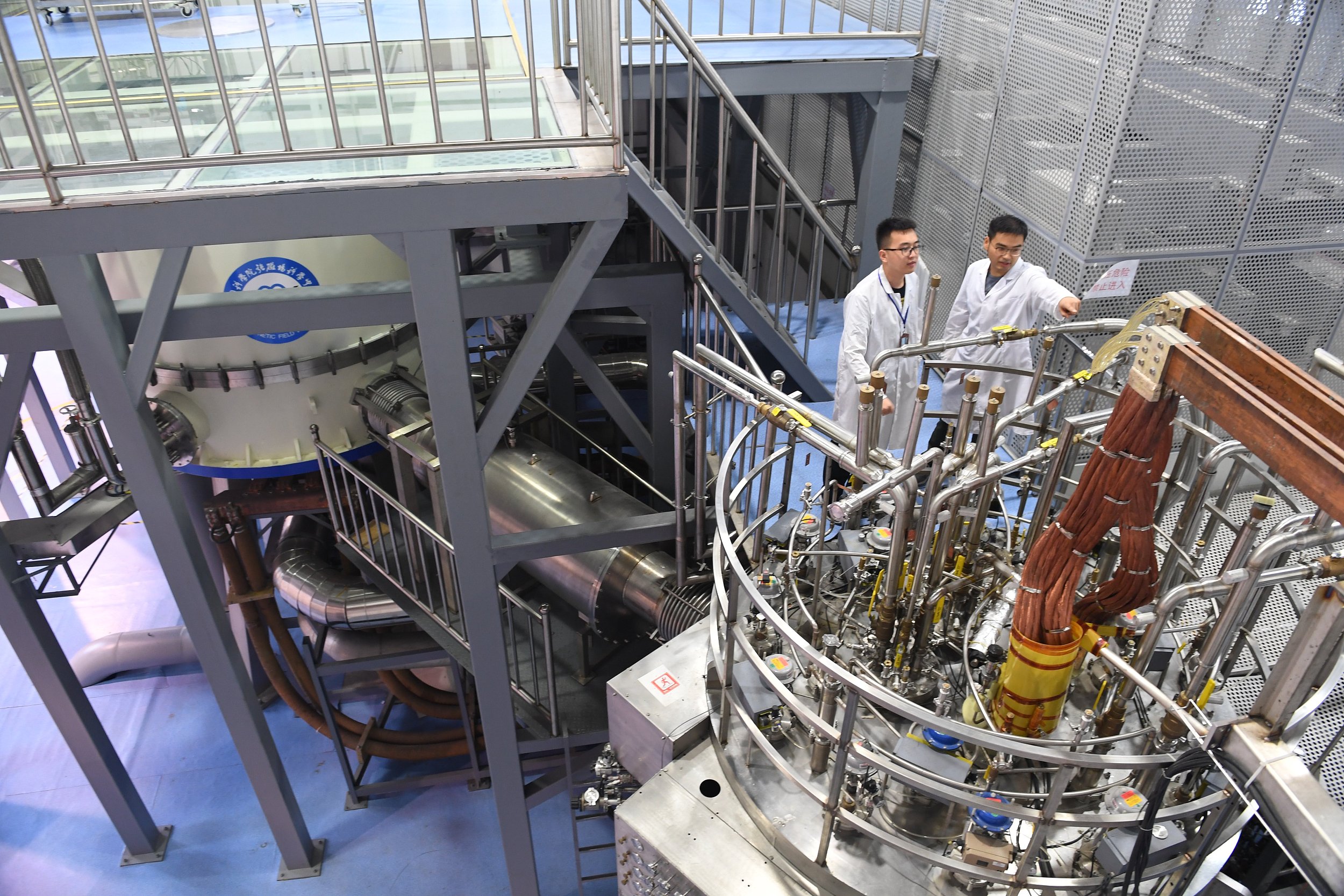Small Towns Are Transitioning from Rural to Urban Societies
By Adams Philip Duwai

Building rural to urban society, China has accelerated its urbanization for decades.(PHOTO: VCG)
China has been actively engaged in development over many decades. We can clearly see that Chinese people have been very successful on many levels and stages of development, especially with sustainable development goals. Small towns are important drivers for China's urbanization. For example, in 2014, China's urbanization level reached a remarkable 54.77 percent, or 749.16 million of its urban population. This significant progress more than half of all Chinese now live in cities is an accumulative outcome of rapid urban growth over the past 40 years.
China has about 500,000 villages or small towns, approximately more than half of Africa's villages and small towns. This is an indication of the difficulty China faced in its various stages of development. It is surprising to note that for about thirty years, China, in comparison to many countries in Africa, was on the same level before it began to develop. Today it is a different story, as China is presently considered as one of the global economic giants, while Africa continues to struggle.
That notwithstanding, according to the UN, China's urbanization level was still lower than the average in developed countries in 2013. It was also lower than the developing countries with a similar per capita income, but had 60 percent of their urban population.
The National New Urbanization Plan (2014–2020) released in 2014, said China's urbanization level in 2020 was expected to reach 60 percent, and that about 100 million of the rural population will become new urban residents. The UN Population Division also expected China's urbanization level to reach about 76 percent in 2050. These speculations have been greatly surpassed, as China has met some of its development goals about ten years ahead of schedule.
Urbanization is a fundamental way to reduce the disparity between China's urban and rural areas, which is also the main source of the largest internal demand to stimulate instant economic growth in China. The Chinese government previously chose to focus on the policy of letting 100 million of the agricultural population settle in cities and towns, 100 million urban residents have their housing in shantytowns and/or urban villages upgraded, and 100 million new urban residents settle in cities and towns in the central and western regions of the country. The smaller cities and towns need to play a key role in China's new urbanization.
During this development period, there was also a significant improvement in the food sector in the country. Han Bo, a specialist in pets and large animals at China Agricultural University, explained how China has been able to achieve this huge success by giving examples of caring and treating farm animals. He pointed out that the number of dairy cows per dairy farm in China is 40,000, the third-largest in the world. China has about 6.35 million dairy cows at present, excluding calves. Each of these cows provide milk for 300 days a year, and can produce about 40 kg of milk daily, costing about 160 RMB. This indicates how profitable these cows are and how they contribute to China's economy at present. A few decades ago, this kind go farming was not possible, but due to the learning by doing mentality of the Chinese people, it is possible today.
All these changes and transitions from rural China to an urban society are made possible by strong and well-defined policies in agriculture, sci-tech progress, a very efficient policy implementation system, social mobilization, infrastructural improvement, industrialization and urbanization. It is essential that the continent of Africa and its leaders can truly learn from China's development experience.
The article is selected from 2021 MA Teaching Project "PBL Pedagogy on China Experience Sharing" by Li Li, Associate Professor at the College of International Development and Global Agriculture, China Agricultural University.


